The Magic of the Big Stopper
“The photo that you took with your camera is the imagination you want to create with reality.” – Scott Lorenzo
Neutral density filters reduce the intensity of all wavelengths, or colours of light equally from entering the camera, in measured amounts.
In other words it allows you to photograph with a wider aperture or slower shutter speed than normally required.
This piece of glass used as a filter is super dark and if you look at it with bare eyes its hard to see anything at all through it.
Shooting long exposures images during daylight is lots of fun and gives a unique look to the images.
Constantly moving objects such as: clouds and water are the main focal point when using this type of filter.
The 10 Stop ND Filter (also known as the Big Stopper) is just magical because it can compress a few seconds or even minutes of light energy and movement into one single frame, overlaying everything that passes through the frame, giving a painterly, ethereal look to your images.
'Ghosting' is also another highlight effect of this filter.
“Long exposures are like a dance between the camera and the world, capturing the movement and flow of time.” - Anonymous
Portraits can be done as well, but requires the person to stand completely still while the shutter is open (a flash can also be used).
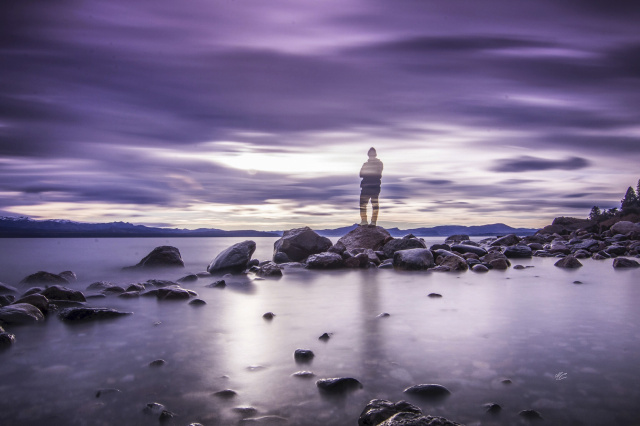
A tripod is required in almost every situation when using this filter.
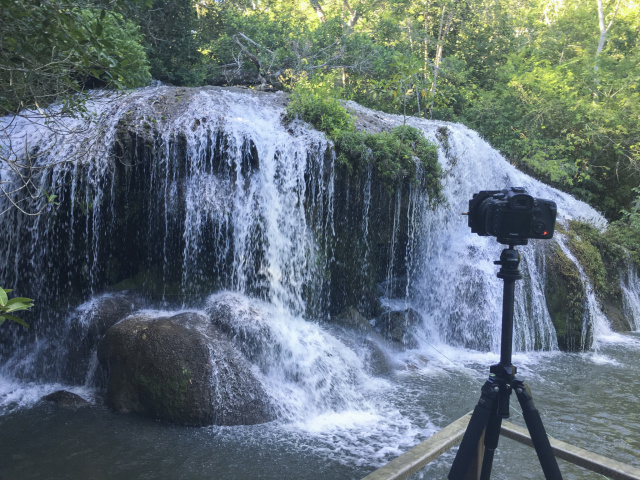
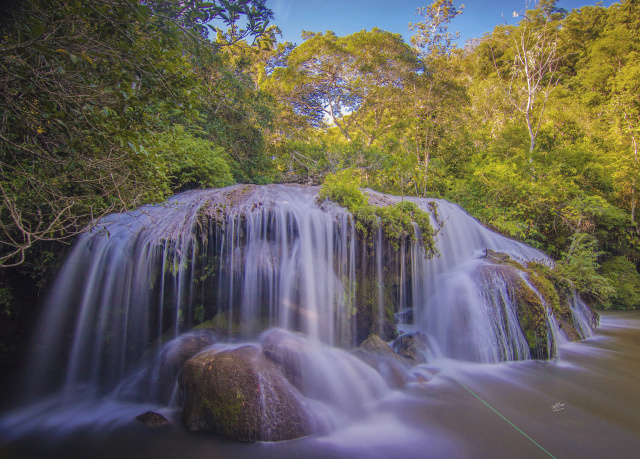
Bear in mind that there are other ND filters with lower density, or stops, that can produce the same effect as well depending on how much light you wish to hit the sensor of your camera during the exposure.
This filter works very well when the light is too harsh or hazy. Also when it is super windy with fast moving clouds, but my favourite subject when using this filter is the ocean and waterfalls.
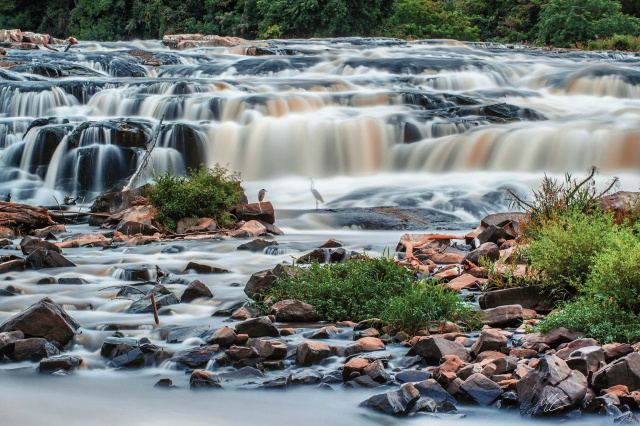
I personally use this square, 100mm filter system that includes the glass filter and the filter holder which can hold up to three filters at a time - a technique known as stacking filters.
You can also find circular filters that screw straight into the lens without the need of the filter holder.
Do some research as to which filter systems are compatible to your camera and needs.
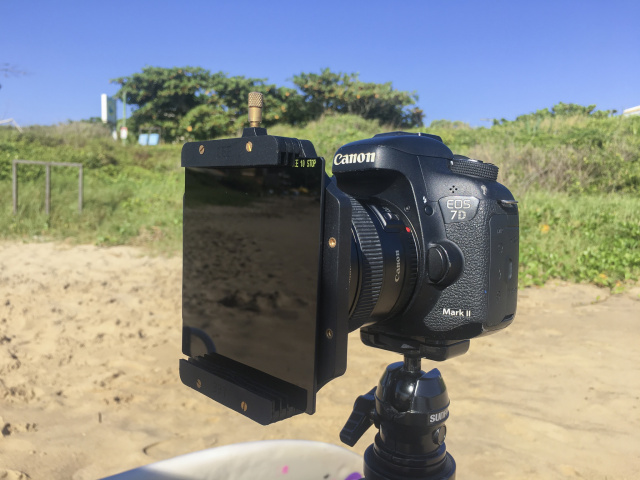
So, give it a try to it and have fun!
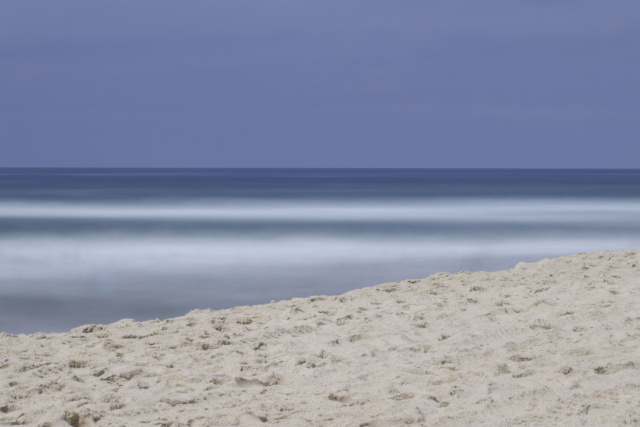
Some other related content to check out

How to use Kuno

The power and purpose of photography

Autumn Colours of Pakistan

David Attenborough on how to save our planet
“The photo that you took with your camera is the imagination you want to create with reality.” – Scott Lorenzo
Neutral density filters reduce the intensity of all wavelengths, or colours of light equally from entering the camera, in measured amounts.
In other words it allows you to photograph with a wider aperture or slower shutter speed than normally required.
This piece of glass used as a filter is super dark and if you look at it with bare eyes its hard to see anything at all through it.
Shooting long exposures images during daylight is lots of fun and gives a unique look to the images.
Constantly moving objects such as: clouds and water are the main focal point when using this type of filter.
The 10 Stop ND Filter (also known as the Big Stopper) is just magical because it can compress a few seconds or even minutes of light energy and movement into one single frame, overlaying everything that passes through the frame, giving a painterly, ethereal look to your images.
'Ghosting' is also another highlight effect of this filter.
“Long exposures are like a dance between the camera and the world, capturing the movement and flow of time.” - Anonymous
Portraits can be done as well, but requires the person to stand completely still while the shutter is open (a flash can also be used).

A tripod is required in almost every situation when using this filter.


Bear in mind that there are other ND filters with lower density, or stops, that can produce the same effect as well depending on how much light you wish to hit the sensor of your camera during the exposure.
This filter works very well when the light is too harsh or hazy. Also when it is super windy with fast moving clouds, but my favourite subject when using this filter is the ocean and waterfalls.

I personally use this square, 100mm filter system that includes the glass filter and the filter holder which can hold up to three filters at a time - a technique known as stacking filters.
You can also find circular filters that screw straight into the lens without the need of the filter holder.
Do some research as to which filter systems are compatible to your camera and needs.

So, give it a try to it and have fun!

Some other related content to check out

How to use Kuno

The power and purpose of photography

Autumn Colours of Pakistan

David Attenborough on how to save our planet
Love what you're reading? Support BIRDCHECKBRASIL donate to support them now
Donate hereYou might like...

Birds of Gilgit-Baltistan

Plight of the shorebirds

Birdlife Australia: Saving Birds, Saving Life

Why old trees are so important for endangered woodland birds
Newsletter
Sign up to keep in touch with articles, updates, events or news from Kuno, your platform for nature

